The Votive Basque it is a unique wooden structure that was unearthed on a small hill in northern Italy in 2005, near the town of Noceto. Constructed primarily of oak, the exact purpose of the buried structure has been a mystery, as has the date of its construction. Italian researchers estimate its origins to date back to the late Middle Bronze Age, sometime between 1600 and 1300 B.C.
Although that difference may not seem huge, in archaeological terms it is like comparing the culture that invented the steam engine with the one that produced the iPad.
A Cornell University team led by Sturt Manning, Professor of Arts and Sciences in the Classics, used dendrochronology and a form of radiocarbon dating called "wiggle-matching" (something like dynamic matching) to pinpoint, with 95% of probability, the years in which the two main components of the structure were created:a lower tank in 1444 BC, and an upper tank in 1432 BC. Each date has a margin of error of four years.
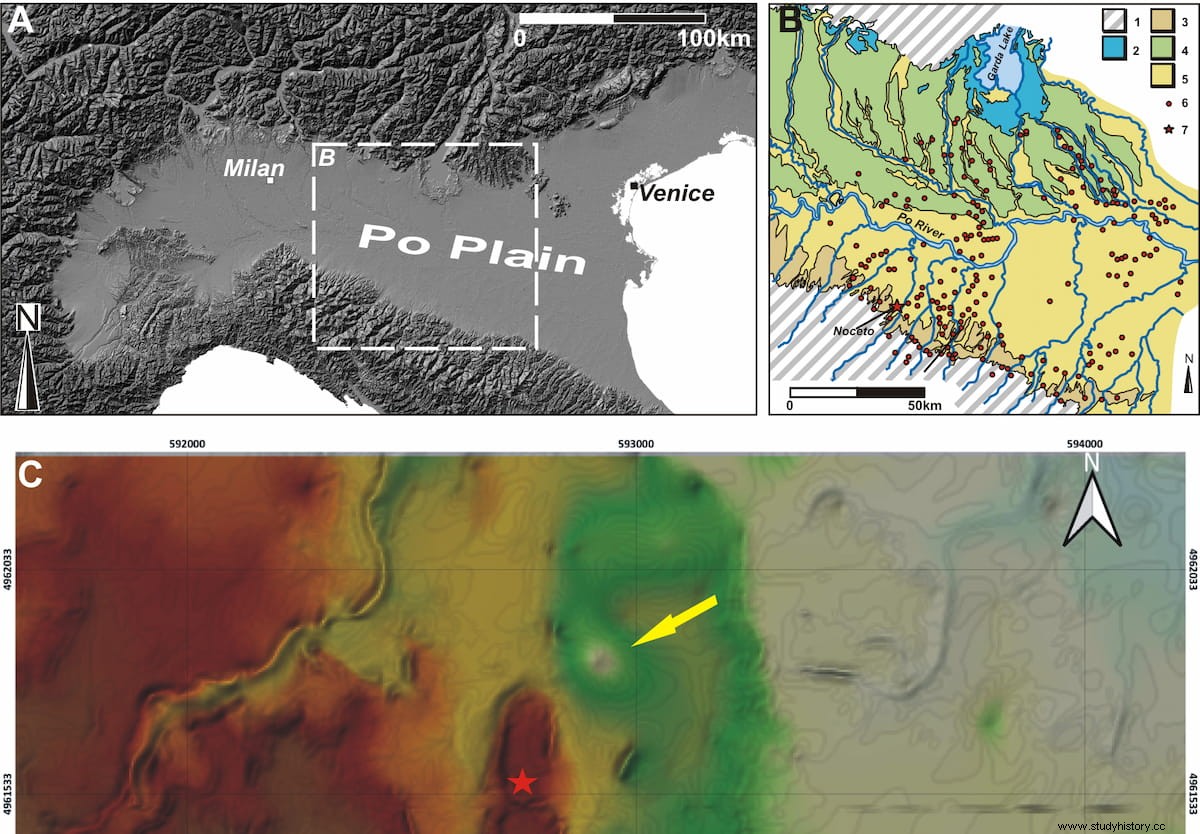
The finding confirms that the Vasca votiva it was built at a crucial time of social change and reinforces the Italian researchers' theory that the structure was used for a supernatural water ritual. The team's article was published June 9 in PLOS ONE.
In the wiggle-matching of radiocarbon sequenced in tree rings, ancient wooden objects are dated by matching the radiocarbon isotope patterns of their annual growth increments (i.e., tree rings) with patterns in data sets found in other places in the world. This enables ultra-precise dating even when a continuous tree-ring sequence is not available for a particular species and geographic area.
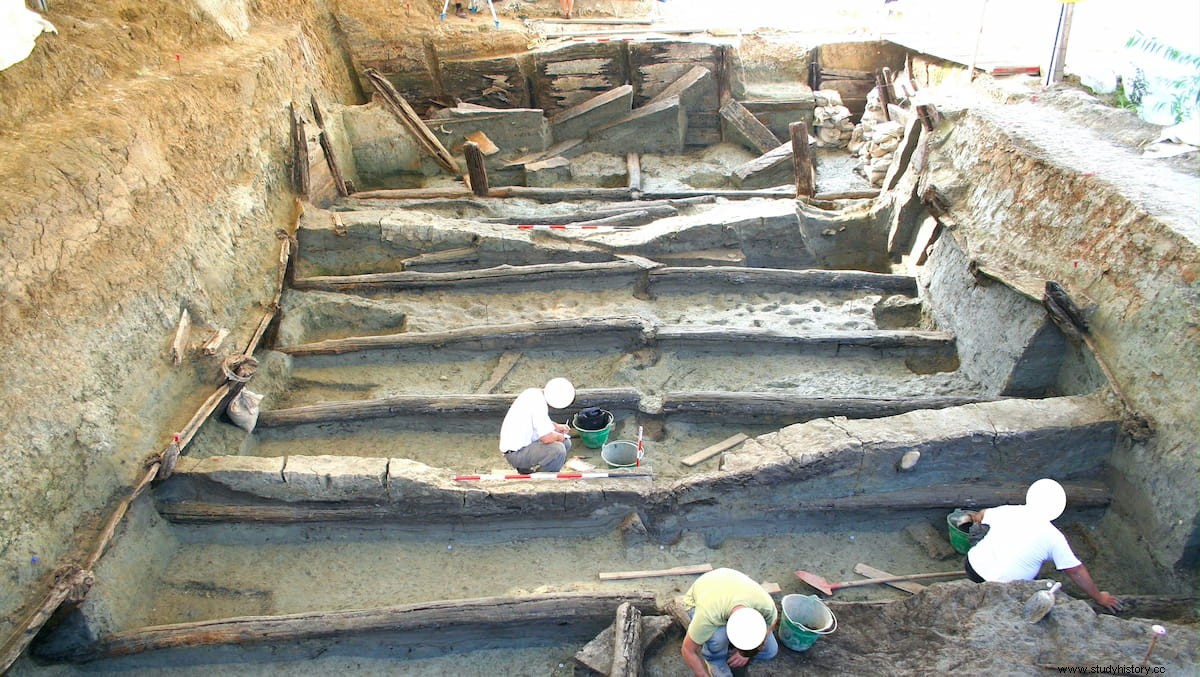
When working at an archaeological site, you often try to do dendrochronology with relatively few samples, sometimes under less than ideal conditions, because they have been falling apart for the last 3,500 years before you get to see them. It's not like a healthy tree that's growing in nature right now Manning said. We often measure samples multiple times to extract as much signal as we can .
The Votive Basque de Noceto is about 12 meters long, 7 meters wide and about four meters deep, although the depth was a bit ambiguous at first. When the site was fully excavated, researchers discovered that the structure had a second reservoir underneath, which had been built first but collapsed before completion. It was initially unclear how much time elapsed between the creation of the two deposits, which shared some of the same materials.
Judging from the size of the structure and the extensive amount of work that would have been required to excavate the earth and drag the wood to the site of the hill, the Italian researchers recognized that the Vasca votiva it was a major work for its time and they theorized its purpose. But they couldn't determine the exact date of its origins, so they turned to Cornell's Dendrochronology Laboratory.
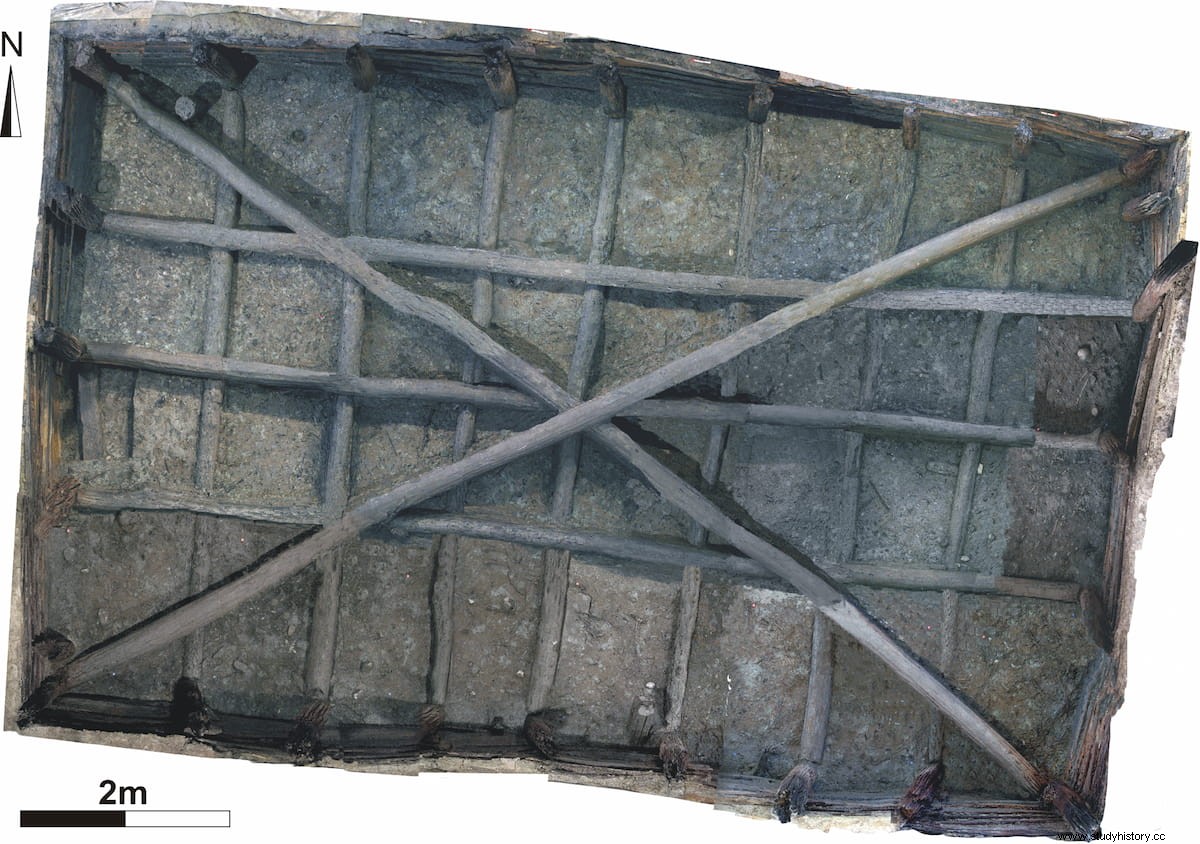
Manning's team made multiple attempts with different samples. Although the wood from the Noceto site was well preserved - a rarity, given its age - an unexpected challenge arose when the samples did not appear to fit the international radiocarbon calibration curve used to match tree-ring sequences. This suggested that the curve should be revised for certain time periods, and a new version was published in 2020. Noceto data finally adjusted.
Combining radiocarbon dating calibrated across dendrochronologies from southern Germany, Ireland, and North America, along with computer-intensive statistics, the Cornell team was able to establish a tree-ring record spanning several hundred years. . They pegged the construction of the lower and upper tanks at 1444 and 1432 BC, respectively, and determined that the completed structure was in use for several decades before being abandoned, for reasons that may never be known.
The new chronology is especially significant because it coincides with a period of enormous change in Italian prehistory.
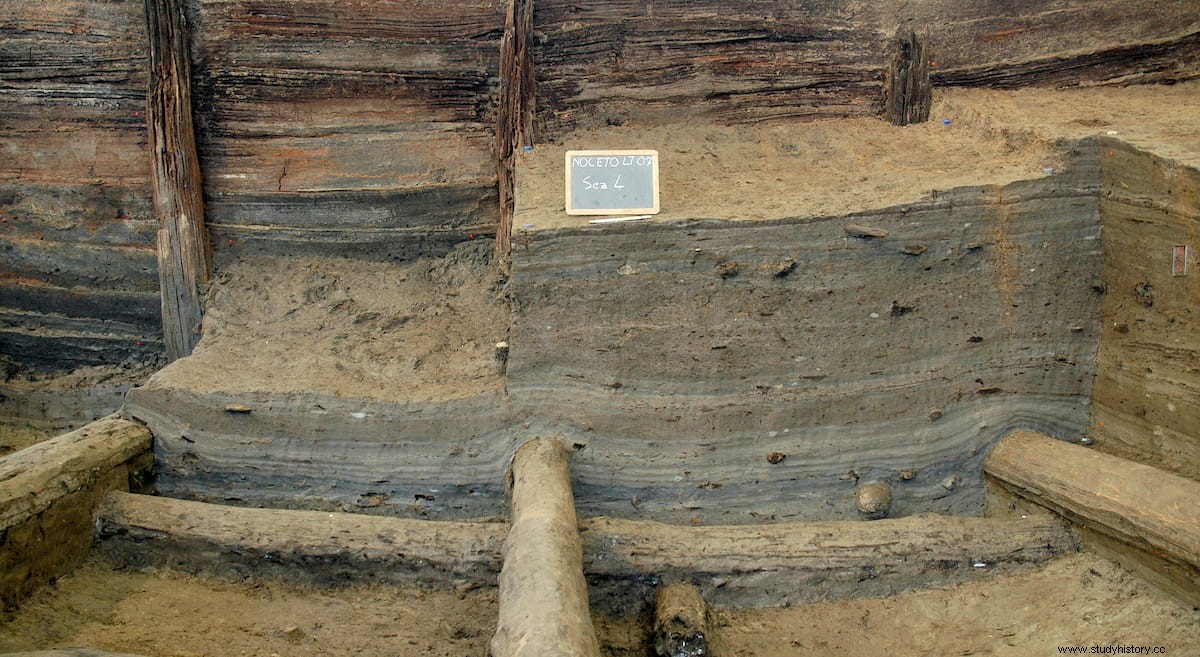
A way of life has been maintained for hundreds of years and then there seems to be a shift towards fewer, larger settlements, more international trade, more specialization such as textile manufacturing, and a change in burial practices Manning said. There is a kind of pattern in everyone. Almost whenever there is a major change in social organization, there is usually an episode of building what might be described as unnecessary monuments. Thus, when the first states are formed in Egypt, the pyramids are built. Stonehenge marks a major change in the south of England. Noceto does not have the scale of Stonehenge, but it does have some similarities:an act of creating important places .
As the structure was situated on top of a hill and not in the center of a town, it was not used as a reservoir or well. The soft layers of sediment that filled the structure, and the absence of canals, imply that it was not used for irrigation. In addition, the researchers discovered a large assemblage of objects deliberately deposited inside the deposit, including numerous ceramic vessels, figurines, and a number of stone, wooden, and organic items. All this evidence indicates that the structure was used in some kind of supernatural ritual related to water.
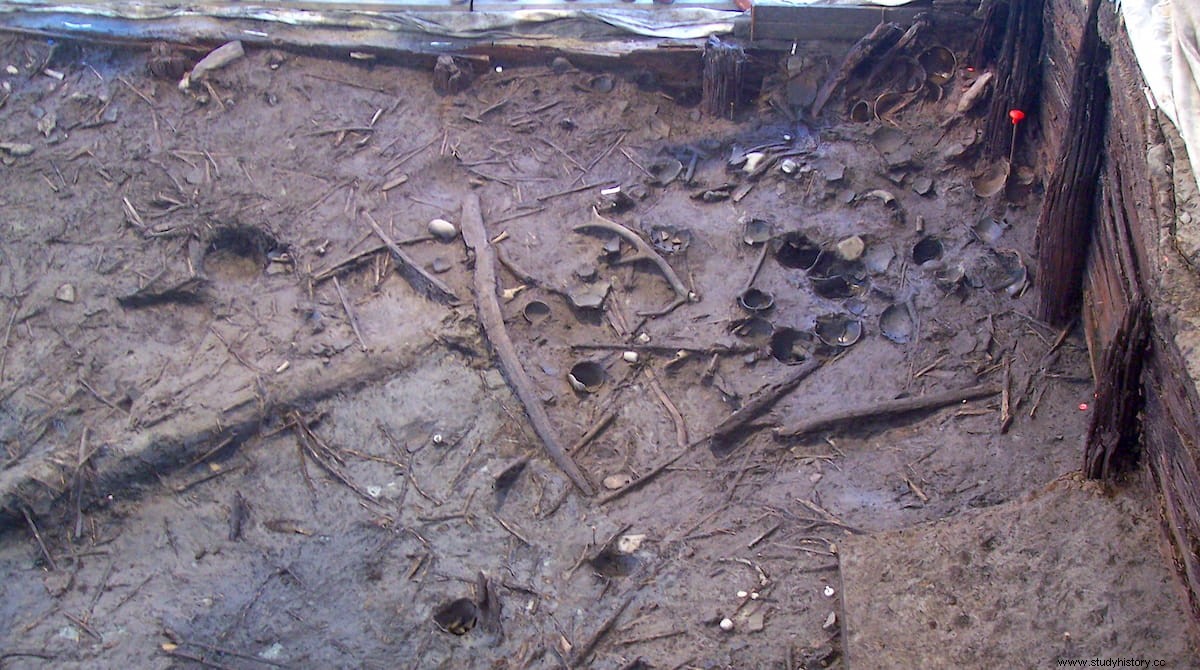
It's tempting to think that it was about creating a reflective surface where you could see and put some offerings on, but also look at the sky above and the linking of land, sky and water ( the rain) , Manning said.
Given that the nearby settlements on this southern edge of the Po Plain were built with dikes and terraces, and that the region was agriculturally productive with much water management, water was clearly important to all aspects of agriculture. builders life. At least for a while.
The collapse of the entire social and economic system in the area around 1200 B.C. it seems to occur because it becomes much drier , Manning said.
